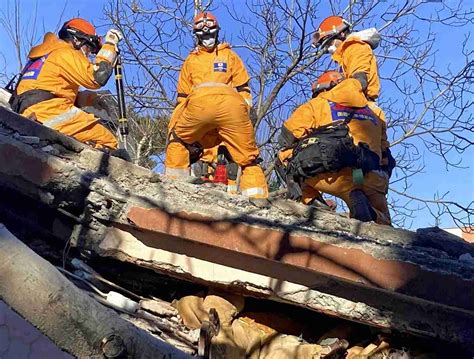In the aftermath of a catastrophic earthquake that struck Myanmar, more than 2,700 lives were lost. The 7.7 magnitude quake created a pressing need for international humanitarian assistance. However, despite junta chief Min Aung Hlaing’s call for aid, rescue and relief efforts faced significant hindrances due to military restrictions.
Challenges in Providing Assistance
John Quinley, director of Fortify Rights, highlighted the difficulties faced by rescue teams trying to reach affected areas. Military-imposed curfews, blocked roads, and extensive checkpoints hampered relief operations. This situation underscored the struggles faced by humanitarian workers in delivering crucial aid during crises.
Weaponization of Aid
The junta’s history of weaponizing aid came to the fore once again as reports emerged of an attack on a Chinese Red Cross Society convoy carrying earthquake relief supplies. Such incidents reflect a disturbing trend where the military controls the flow of aid based on its strategic interests rather than prioritizing humanitarian needs.
Strategic Deprivation
As part of its punitive tactics against perceived dissenters, the junta has been accused of strategically depriving opposition-held regions of vital aid during natural disasters. By restricting relief efforts in certain areas, they aim to weaken resistance forces and punish local populations who do not align with their regime.
Rights Violations and Humanitarian Challenges
Despite international calls for unimpeded humanitarian access, bureaucratic hurdles imposed by the junta continue to impede relief efforts. Humanitarian organizations navigate complex regulations and clandestine channels to ensure assistance reaches those most in need.
The Battle for Aid Access
A delicate balance exists between providing essential aid and navigating political obstacles set by the military regime. Relief agencies work tirelessly to overcome barriers and deliver support efficiently amid escalating challenges posed by governmental restrictions.
Expert Analysis:
Amidst these complexities lies a stark reality: while appeals for foreign aid are made publicly following disasters like earthquakes, behind closed doors, political agendas often dictate how this assistance is distributed. The intricate dance between humanitarian principles and geopolitical strategies continues to shape Myanmar’s aid landscape.
As communities grapple with devastation and displacement in the quake’s aftermath, concerns persist over whether relief efforts will genuinely reach those most in need or be manipulated for political gain.
In uncertain times like these post-disaster scenarios in conflict-ridden regions expertly turn into battlegrounds where not just physical but also moral resilience is tested under extreme conditions.

